Nathan: Welcome to this week’s Story Update. My name is Nathan, and this week we’re going to be speaking with Mila Jam, but before we do, let’s take a look at her story.
Mila: My name is Mila Jam and I’m from Columbus, Georgia.
So I created this drag persona, Britney Houston, who is the Pop Parody Princess of Music Videos. I was having a moment of success and I got a call and I was asked to be on a big TV show in London and after getting all these followers on YouTube and on my channel and doing these parody videos and lip synching, I was like, “Oh my God this is such a cool opportunity, I’m so excited to go to London and do something fun.”
I got to go to London for two days, all expenses paid, they had a driver for me waiting for me, my own hotel, accommodations, a trip around London, going to the London Eye, I had back-up dancers that I was not told I was going to have, and I was performing with Grammy Award-winning producer Mark Ronson. And I’m on stage lip synching with Mark Ronson lip playing on the guitar next to me. And I’m feeling it and I’m into it, we have choreography and dancers and the crowd is just loving it.
And as superficial as it kind of came off, it just felt so half-fulfilling. It felt like, “This is great but it’s kind of not me, it’s an act” and I was just kind of like, “I want to be myself.” And it kind of ate me up so much that I had an epiphany. I was like, “This is the moment that I’m able to see that I can achieve my dreams and I can be in front of people and successful and amazing” and I just felt like there was something missing. And that was my transition.
I stopped performing Britney Houston material, I took down my channel, I had all of these subscribers and followers and I literally went back to zero. I started completely over. So I told all my friends, I told my family who was very supportive of Britney Houston and I officially came out to them saying, “I’m a woman. I’ve always been a woman, but that’s just not been the shell and it’s time to catch up with that, it’s time to make sure the shell reflects who I really am on the inside.”
It was probably the most rewarding thing that I’ve ever done and the hardest thing I’ve ever done. And the biggest feeling was the day I got a call from a producer who was starting a record label and he was like, “I’m looking for musicians and artists to sing on my label and make music” and I was like, “Me me me me, that’s me, that’s me!” And we had a meeting and we cut a demo and we worked on some music and we came up with a song and I created my first single. And it was just one small night at a small bar here in New York City that we did a launch party.
I remember getting ready for the event, I had to take a subway to get there, I was really sort of broke, I didn’t have any money to seem as fabulous as I wanted to come off, and I got there, there were maybe 30-50 people, and I got on that stage and I sang my heart out, and there were my dancers from my music and my friends there cheering me on. And it was just the beginning of the foundation of starting my journey really as a woman, as a musician, as an artist, and not a mockery of someone else.
It was just the exact opposite of being in London and being on stage with Mark Ronson and the dynamic was startling. And it didn’t matter to me that there weren’t that many people in the audience, it didn’t matter to me that I wasn’t on a hit TV show, I was just entering my truth and I was starting the foundation for all the great things that are supposed to come for me later on.
Nathan: Okay. Welcome Mila. How are you? How’s it going? How’s life?
Mila: Hi, Nathan. It’s good to see you. Life is eventful and adventurous and crazy and all kinds of things, but it’s good. I’m here. I’m happy. I’m blessed. I’m healthy. I’m sustaining. So there’s lots of crazy. Crazy good and crazy crazy.
Nathan: Yeah. Yeah. Well, thanks for taking the time out of all their crazy in the world to speak with us.
So in your…in your story, you had talked about that time that you were on stage in London and you had all your backup dancers, you were with Mark Ronson, you were living it up having this whole experience. And, but also in your story, you talked about wanting to find something more fulfilling. Whenever you watch that story now that you shared with us five years ago, what kind of… what goes through your head? How do you feel? And have you found something more fulfilling?
Mila: Well, to start, I actually ran into my Ronson on the street yesterday and I’m not even joking. And prior to that, I ran into Mark Ronson again at Janet Jackson’s release party for her last single a few months ago. I think it was actually, it was in 20…, the end of last year. And it was, oh, no, it wasn’t her release party. It was the Met Gala Afterparty. That’s what it was. I, sorry, I have to remember. I was with my best girlfriend, Laverne Cox, going to all of the Met Gala afterparties. And we were there with. Janelle Monáe and Mark Ronson. And I of course, had to remind him, “Do you remember me?”
And we had a moment. So a lot of great things have happened since we last spoke. I have been so busy, my focus, which was, has been music and performing, singing, songwriting has taken off in a way that I not only hoped, but it’s been a crazy wonderful ride of opportunity, wonderful experiences.
I got to perform for the glaad awards last year. I’ve been touring, doing pride tours. I’ve been going to San Diego and Seattle, and I went to Taiwan for a week to do a music camp. I’ve been releasing singles and music all over Spotify and iTunes, and it’s been… honestly, it’s been wonderful to be a black trans woman in music, to still have, you know, not a certain level of recognition, but to be able to continue to focus on my dream and to thrive.
Nathan: Wow. That sounds amazing. You’ve it sounds like you’ve been doing a lot of, you have been fulfilled these past five years.
Mila: I’ve been a busy gal.
Nathan: That’s amazing. Well, congratulations on all that stuff. There was – I follow you on Facebook and Instagram and, you know, we keep in touch sometimes. And I remember that it might’ve been a year ago, maybe two years ago, you released a music video. Can you remind me the title of the music video?
Mila: I think you mentioned, “Like The Last Time.”
Nathan: Yeah. “Like The Last Time.” I only read a little bit about it when you were posting about it, about the, the male lead in it, and there was an experience that happened. Can you kind of take us through what happened?
Mila: Yeah. So this video was set to be an homage to a video, a music video I really love by Britney Spears, which is called, “Don’t Let mMe Be The Last To Know.” I wanted to just show the simplicity and the love and the beauty of like a trans woman, you know, meeting this man, this lover, and kind of just how effortlessly, you know, love kind of happens. You just fall into it.
And like, on set, everything just went according to plan. I mean, the guy that we use, we found him, you know, we did like a light casting and we were saying, you know, that we were doing a music video for a song and we paid him and everything and it was, he was so just, he was all about it.
And on set, we were cool. We were laughing, we’re buddy-buddy. And he, it wasn’t, the focus was not to be like, Hey, I’m a trans woman. It was supposed to be about chemistry. It was supposed to be about the moment and the experience. And you know, it wasn’t until after we filmed it, we were having a dialogue about the process of, you know, finishing a project, You will get to see the footage. You will get to see the scenes. We edit what we were going to put, you know, we won’t be too extreme. We want to have your opinion or, you know, we want to have your input and make sure that you feel comfortable. But then, like I mentioned to him after we talked for a little bit, I was like, you know, I’m trans and he was super shocked, but he… but he didn’t show it.
He kind of like made it seem like it wasn’t a big deal. And I don’t know if this was just his way of bluffing, but he was like, “Oh, I know people in the community,” or like, you know, “I have friends who are, you know, in the gay community,” and it’s no big deal essentially.
And every single day after that first initial conversation, after we had filmed the video, he was like, “Yeah, let me see. I don’t know if I would like to be seen in this scene or I don’t know if I want this to happen to happen.” We were so compliant. No problem. Make sure you feel comfortable.
By the end of the week, he had literally been like, “I don’t, I can’t, I don’t want to be in this. I don’t want to be seen, I don’t want to be a part of this. Take me out of the video.” We had already paid him. You know, it was just one of those things where we were kind of devastated. We were – we were in a different location where I live, so it wasn’t something we could just, you know, we shoot very quickly and I was like, what? Like we had negotiated with him how to make this work for a week plus. And he just completely flipped his script.
And it was so disheartening because I was like, this was just supposed to be a simple love story, essentially. So the best thing that happened to be honest with you is – I thought we were going to scrap it. We were going to cut the video and just be like, no, we won’t put it out and we’re not gonna do anything.
But thenI said, you know what? I want to make this a point to talk about what happens when not only in productions, but in – in life, in dating, how often men consider us trans women, you know, as partners as someone that they want to be with, but completely write us out and change the whole narrative so quickly on us.
And it just reflects exactly what I experienced in dating. So I just decided to blur him out and keep him in the video to prove the point that love can’t be blurred. Like you can’t. You know, the people that we learn to love and grow with, you have to learn how to, like incorporate them into your life and you have to incorporate yourself into their life if they mean something to you.
And obviously we were not dating and we’re not together for real. I do think that there were some real feelings that had developed and that probably scared him even more so, but it drove home the point. And I think it made the video that much more relevant by all of this happening.
Nathan: Yeah. So y’all literally went back and blurred his face throughout the whole video, right?
Mila: Yeah. We were like, you know, we don’t, we’re not trying to like start… you know, I have a level of respect for people and I understand that, you know, even in this industry, there are things that we should and shouldn’t do. However, I was like, We paid you, we filmed this. You know, you literally just sabotaged the whole project. And it was for a reason that you even like, sort of expressed you were okay with. But that’s kind of what happens in dating as a trans woman as well. Guys will often say, It’s cool with me. I’m okay with you. You know, you’re beautiful. I’ve been interested in and attracted to you. I have experience.
And just as quickly as they say that they will do the exact opposite, they will ghost you. They will delete you. They will run away and they get scared and skittish, and I just – that’s exactly what happened. And I was like, I’m blurring him and keeping him in the video and this will drive home the point.
Nathan: Wow. Well, that’s, I’m sorry that happened to you, but I think that’s incredible how you leveraged that and you decided to, you know, go forward with that, with that and make a point. And, you know, I think that’s really powerful.
Mila: I think I got a little overwhelmed, not overwhelmed, but I think I got a little, you know, excited that – to quote Lauren Hill, “It could all be so simple, but we would rather make it hard.” It could have just been so simple and I think it was one of the things, those things that it wouldn’t have been that hurtful if he had just agreed to be in the video. We also need to see ourselves represented with partners in a positive light.
Nathan: I’m wondering how, and I don’t want to make this all about him, but I’m wondering, did he tell you why? Or did he just keep making it about the project or did it ever come forward that he didn’t want to be seen in a trans-inclusive video? Was there any blatant reason?
Mila: Pretty much. It just, it was about, ou know, his likeness and what people would say and how people would feel about, you know, seeing him, a straight identified man, who you know, is in this video with this trans woman. And we see this all the time in film and television, where, you know, people are acting.
And it’s a job at the same time. I understand that we have our own lives that reflect who we really are, but in the sake of art, we’re not always a hundred percent who we’re portraying on the screen. And so I felt like it would have been very simple for him to say, you know, I was hired to play a role and there… but I think the mixture got in it got mixed up because I think there were some actual feelings there, or some attraction to me that made it more confusing for him. And I’m not going to get too deep about that, but that made him go, I need to shut down and I need to shut this down and I don’t want to be a part of it.
Nathan: Wow. Well, again, I’m sorry to happen to you. UBut I’m grateful that you made it into it a statement and a powerful message. piece of art.
Mila: Into a piece of work. Into a piece of art.
Nathan: Into a piece of art. Yeah. So we’re also right now seeing a lot of, you know, movement for the black trans community. And about a week ago, the whole rally at the Brooklyn Museum was… did you happen to go to that or see it?
Mila: I was front and center right in the middle of the rally. They had the speakers on the overhead standing, you know, looking down, it was, I was in the photos. You can see if you find some of the photos that the publications have put out, there’s the front line that they asked all of the trans people there to come and stand on.
And I was in the center of that line. There were so many people there. I didn’t even, I couldn’t comprehend how many until after the day was over and I saw the drone shot. That it was thousands, like 15,000 people. I thought that maybe there were a thousand, but it was monumental.
Nathan: So how do you feel, I mean, you, you identify as an artist, right? Activist, artist, musician, you know, all sorts of things. How – this is a very open ended question. How are you feeling these days with so much happening with, you know, so much activism just being all over the place? And you know, it’s strange because sometimes I almost feel guilty for being hopeful during these times. And it’s just as strange feeling, but it’s… you know, how are you feeling?
Mila: It’s another day in America for a black trans woman that has not been killed yet. And I don’t plan on dying anytime soon. However, you know, this is something that we face often. This is just an exacerbated situation where people are talking about it and fighting for it. And the killings of black people, black trans people, black women, senselessly is happening so often all the times. And it just rarely gets reported the way that it should get reported. And we’re finally in a version of all the uprisings that have happened over the decades.
Here we are in 2020 experiencing, you know, civil rights movements and I’m empowered. I feel that it’s part of my experience too. You know, I quote a lot like someone like, like a Nina Simone to reflect what’s going on and what’s happening. And so I just feel like I’m such a part of that. And I would be remiss if I just sat at home and I didn’t do anything about it.
And I don’t really feel like I have time to be scared because I can’t be scared as a trans woman. That’s like I have to live my life and I have to, you know, make the best of what I have and what I’ve been given. So it just, it makes me feel like I need to be as proactive as possible. Obviously my wellbeing and my self-care needs to come first.
You know, it sort of started with me… I didn’t really have many intentions of protesting physically and going out because we’re still in the middle of the pandemic, but I was asked to go to Stonewall on June 1st to read names of trans people we’ve lost. And that day, I hesitated and I almost didn’t go. I almost had a moment of not going. But I went, I showed up, I stood in solidarity with the community and then I got up and I just spoke from the heart and that – it turned into words that have been resonating with people since then. It’s been sort of like my manifesto in my mantra, because it was just a time for me to like, have a moment with our community.
So I’ve been out there protesting and it’s important to me that we put down our…, we just put down our ego and we just, we just go out and do what’s right.
Nathan: Wow. That’s amazing. Well, again, thank you for all the work that you’re doing. Is there… what else is going on in your life? Is there any other updates or anything else you want to share with the viewers about what you’re doing or what’s going on?
Mila: Yes, of course. So I did start a campaign that kicked off about a year ago. Well, not a year, exactly. Almost a year ago. I shot a music video for a song of mine called masquerade, and I painted the words “Stop Killing Us” all over my body. It was the first incarnation of this. And then later in the fall, I was asked to perform on Monét Exchange’s talk show on the BUILD Series as her first musical guest. And I just decided to like take it to the next level.
So this visual artist, a friend of mine, you know, he does body painting. We painted my body again in the word, “Stop Killing Us.” And it was part of my reveal on the talk show. And I took a photo of that in the middle of the street, down in Soho near NYU. And it had gone viral. So I’ve been promoting this campaign of how, you know, visual art and activism go hand in hand and how it’s just a… to create an effect change, why not write these words all over my naked body and make it a statement?
So people have been sharing that photo and I’ve been working on some t-shirts for that. It’s obviously pPride month and so I’ve been working on some pride events that are coming out this week. I’m going to be doing and performing for the New York City pride rally. They’re doing their rally virtually this year, which is on Friday, June 26. And, I’m also going to be featured in the ABC pride broadcast on Sunday, June 28th in a protest-style music video that I just filmed and co-directed – sorry – co-produced with Monét Exchange. And I released a single not too long ago, titled Number One, which is out on Spotify, Apple Music, Amazon Music, and I just have some new music I’ve been working on.
Nathan: Wow. So you haven’t slowed down at all, basically, is what you’re saying.
Mila: No slowing down. No,
Nathan: That’s great. So how can people follow you and, you know, where can they find you?
Mila: Yes. Please follow me on social media everywhere. It’s TheMilaJam. I’m the only one. @TheMilajam on Instagram. My website is TheMilaJam.com.
You can… the biggest and best thing you can do for a musician is to go and stream our music. So please go to Spotify and look up Mila jam. Add me to your playlist. Tell your friends and family. Rotate the songs on while you’re cleaning and cooking. And let’s show the world that black trans women are important in music, just like all of the other female icons.
Nathan: Great. Well, Mila, thank you so much for taking the time to chat with us. And if anyone has any comments or questions, leave them in the comments and you know, Mila, maybe you can check back every now and then, and respond to them if you want. And check back next week for our next story update.
Thanks again, Mila.
Mila: Love you. Thank you so much, Nathan.
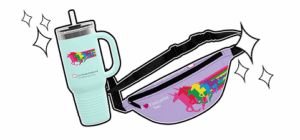
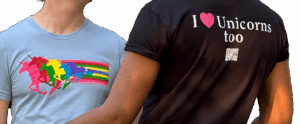
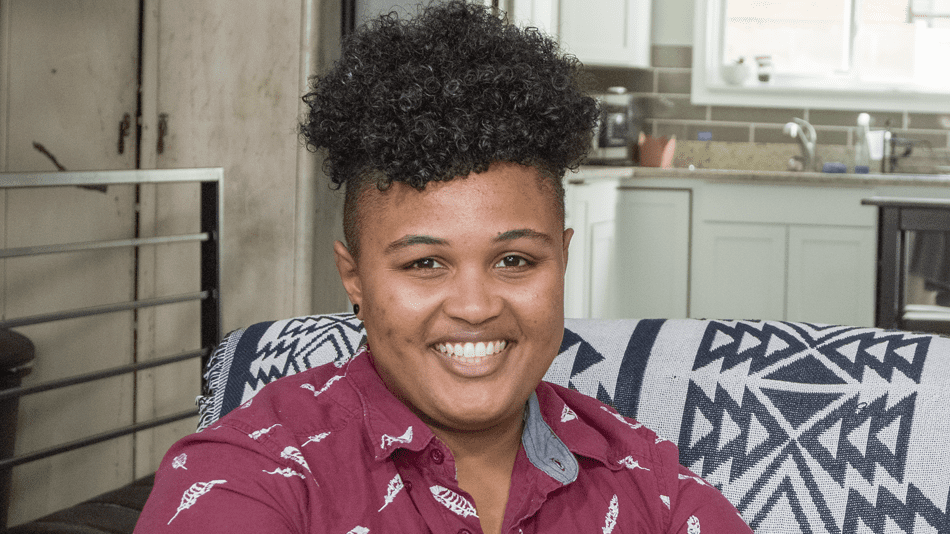
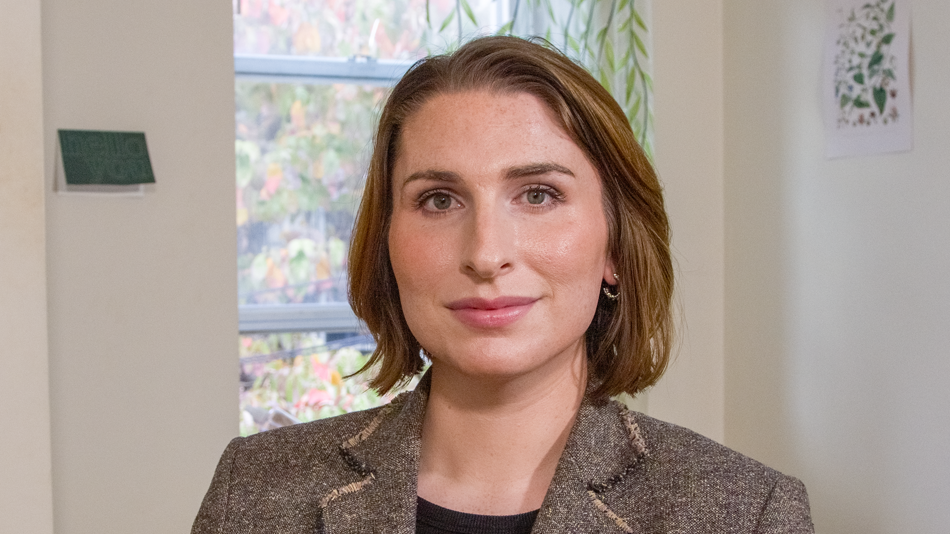
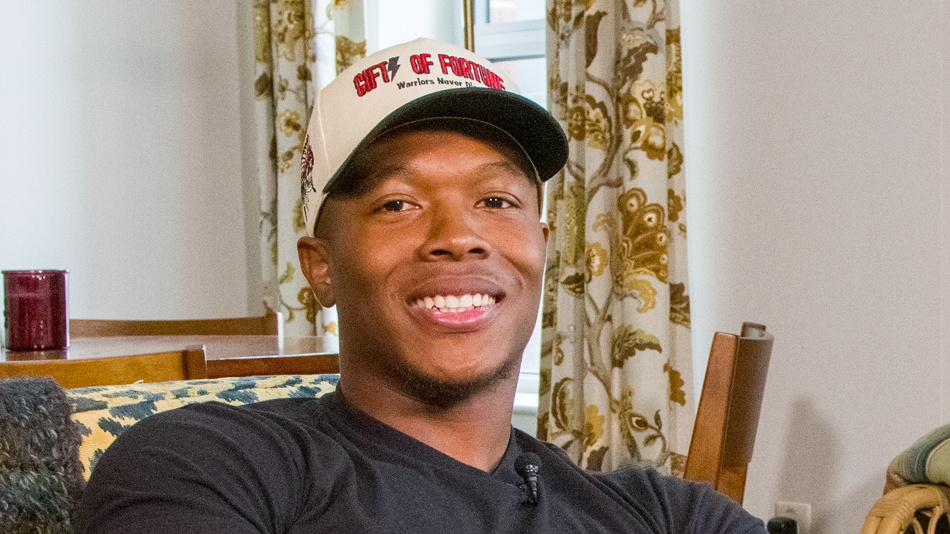
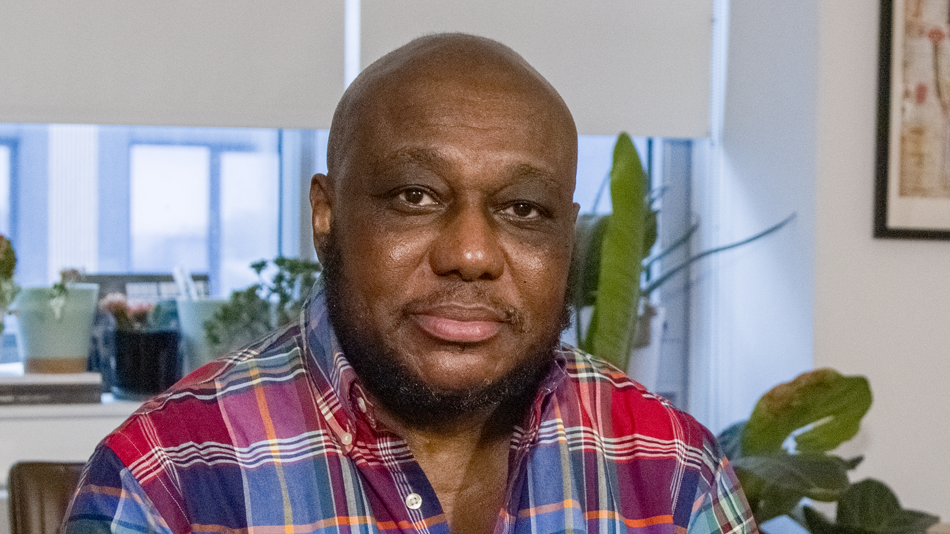
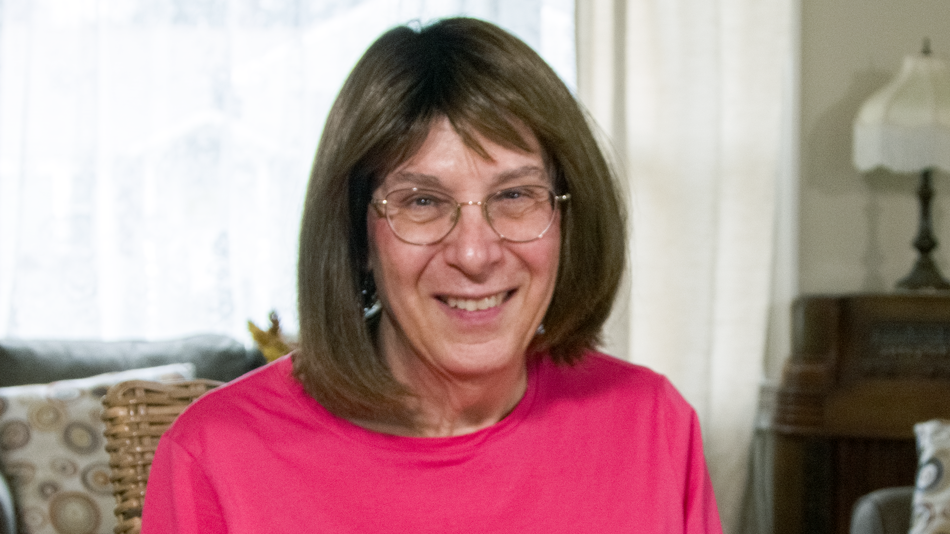
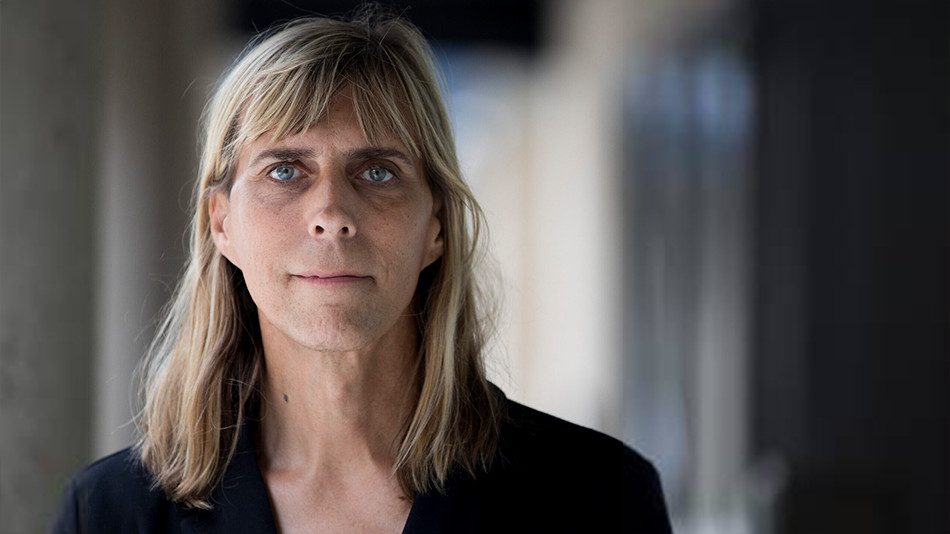
Share